
Arizona’s booming tech hub strains water supplies in the Silicon Desert
Scientists at Arizona State University are developing innovative solutions to address the growing needs of the 'Silicon Desert', including water recycling techniques, increased solar power utilisation, and water credit systems. However, questions remain about whether these measures will be sufficient to balance the tech industry's demands with the state's limited resources.
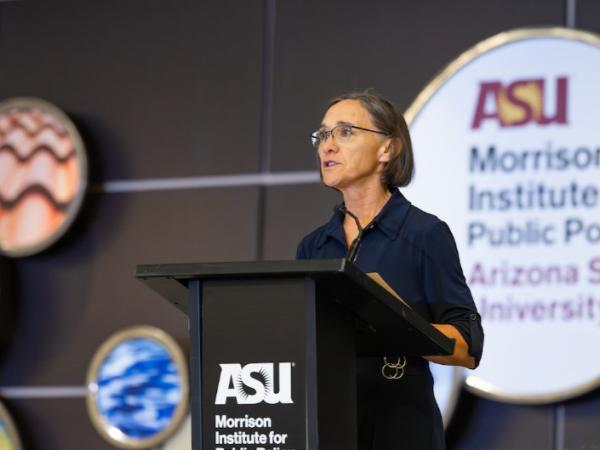
Arizona’s growing housing crisis the topic of newly released report
Do we need more water and where will we get it? Those were questions Sarah Porter addressed during her summit presentation. Porter, director of the Kyl Center for Water Policy at ASU and self-proclaimed “water nerd,” discussed the significant water challenges confronting Arizona — particularly as the state plans for future growth and development. Porter focused on two of Arizona’s most stressed water resources: the Colorado River and groundwater.
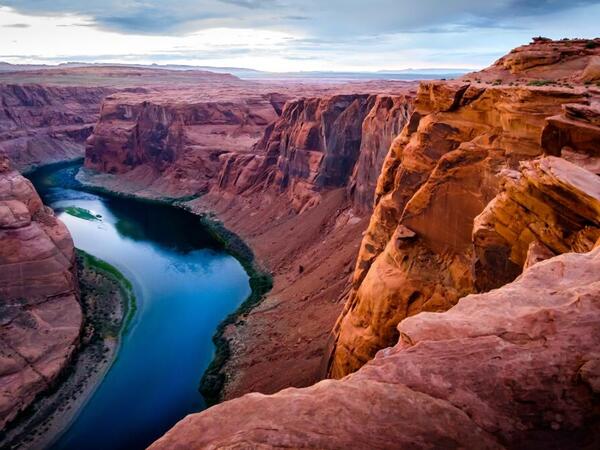
Arizona's declining share of Colorado River likely to hold steady for a year
“Fundamentally, bad hydrology is crushing valiant conservation and management efforts,” said Kathryn Sorensen, research director at Arizona State University’s Kyl Center for Water Policy.
Enrique Vivoni, a professor of hydrosystems engineering at Arizona State University, told CAP board members on Aug. 7 that dry soils are soaking up precipitation before it can reach the river, meaning good snow doesn't always mean good flow.
"Under drought, the relationship of hydrology with precipitation is changing in Colorado River," Vivoni said.

Will There Be Enough Water to Make More Semiconductors in the U.S.?
Professor Paul Westerhoff at Arizona State University’s School of Sustainable Engineering and the Built Environment told H2O Radio that fabs can be sustainable but would require companies to invest in ways to recycle water to continuously bring it back to an ultrapure state to avoid tapping into local supplies.
He and his colleagues are researching what reuse technologies and policies would be necessary to make facilitates “water neutral” or at least close to it.

Separate dry areas around the world are merging into 'mega-drying' regions at an alarming rate, study finds
"There's very few places now that are not drying," study co-author Jay Famiglietti, a professor in the School of Sustainability at Arizona State University, told Live Science. "I've been watching it for 20 years, and it's just gotten worse, and worse, and worse."
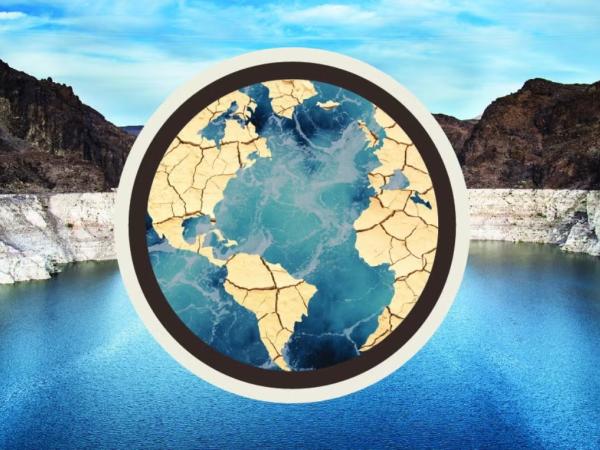
Scientists issue alarming warning over worsening crisis that could impact billions of people
Every year, an area equivalent to twice the size of California dries out, creating mega-drying regions under dry extremes.
The study by researchers at Arizona State University estimates that about 68% of the loss in terrestrial water storage is due to groundwater depletion. Moreover, it estimates that three-quarters of the world's population live in areas that have been losing freshwater.

Phoenix’s planned water purification facility gets $179M federal investment
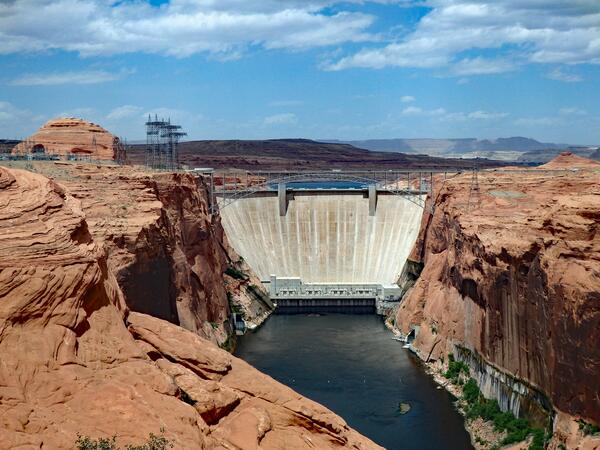
Preparing for a drier future on the Colorado River basin
“Trends are pointing to the fact that the Colorado River is becoming drier and I think it would be safe to say that the Central Arizona Project won’t be as large a provider of water as at present,” said Enrique Vivoni, ASU’s Fulton Professor of Hydrosystems Engineering in the School of Sustainable Engineering and the Built Environment and the director of the Center for Hydrologic Innovations. “So, if that’s the case, it means Arizona will have to start thinking about replacing that water supply. That would require investments.”
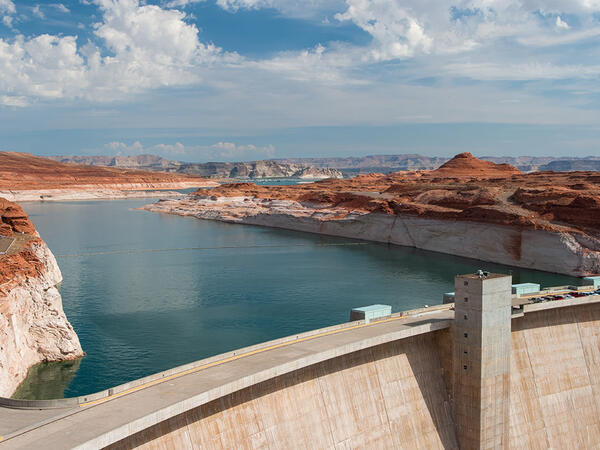
From satellites to streamflow: CAP and ASU use NASA data to inform Colorado River decision making
Building from our long-standing partnership with Arizona State University’s Center for Hydrologic Innovations, ASU applied for and received a three-year, $1 million grant from NASA’s Earth Science Division in 2022 to identify short-term hydrologic indicators and improve CAP’s long-range scenario planning capabilities to inform decision-making for the Colorado River.
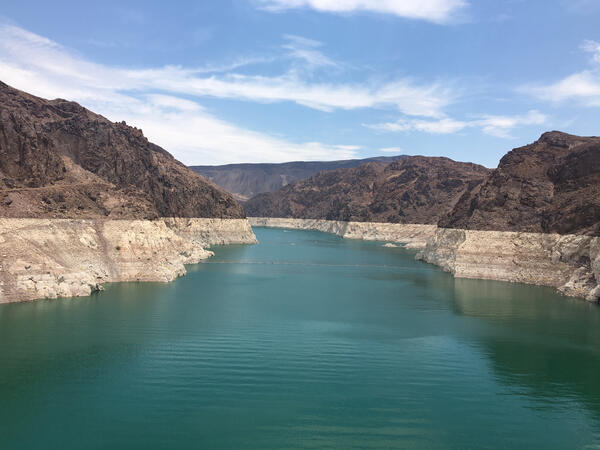
As the Colorado River slowly dries up, states angle for influence over future water rights
"The Colorado River is in trouble: Not as much water flows into the river as people are entitled to take out of it. A new idea might change that, but complicated political and practical negotiations stand in the way," writes Sarah Porter.